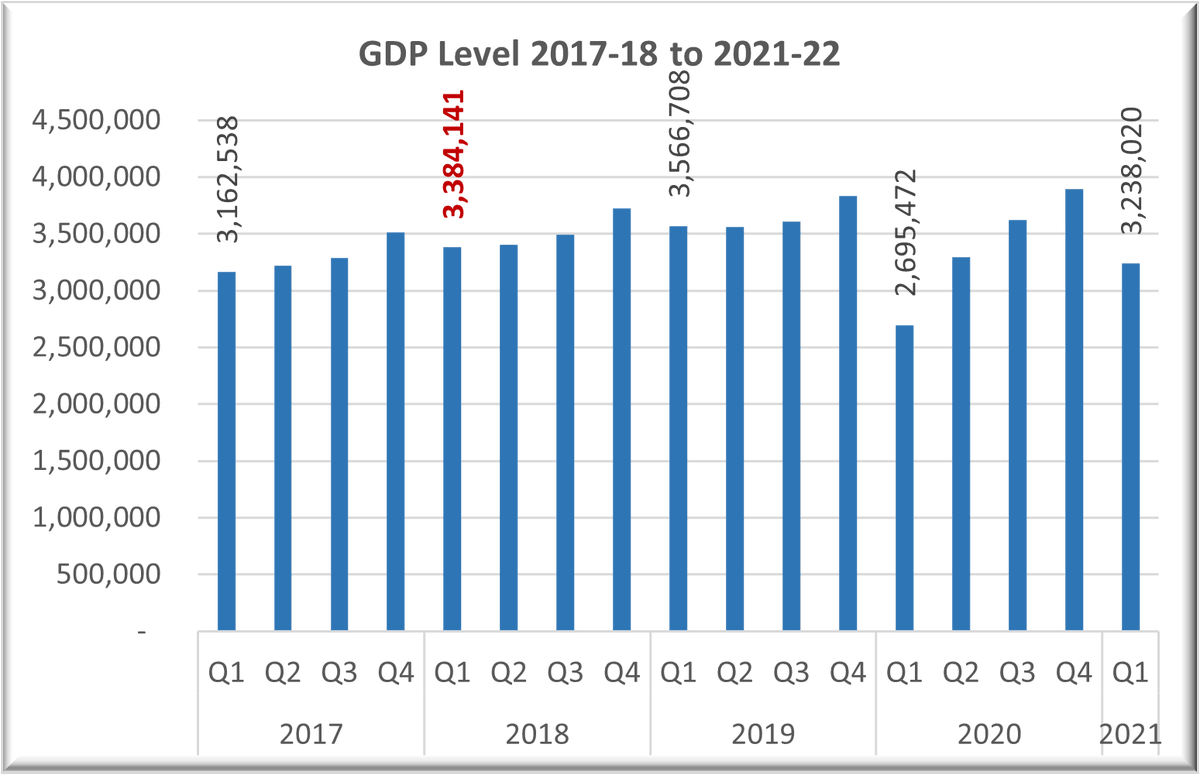
#NMP #Financing #infrastructure
In current situation, we run the 'risk of mispricing risk, even for de-risked assets'.
Why: It is not easy to estimate cash flows from infrastructure assets in an uncertain environment with limited clarity about eco policy and potential growth?
In current situation, we run the 'risk of mispricing risk, even for de-risked assets'.
Why: It is not easy to estimate cash flows from infrastructure assets in an uncertain environment with limited clarity about eco policy and potential growth?
I would host these assets in NIIF & do a Public issue for raising finance, so that the Indian public shares the upside, as they are ones who have been bearing the risk all these years. We need Indian HHs to start providing risk cap, if India has to grow.
We can use banking system or the shadow banking systems where we have debt bearing the cost of risk and uncertainty, arising our poor policy choices and business decision.
Involve the Indian or international private sector to manage them, with well defined cost & investment efficiency targets. Though, I don't expect much efficiency gains in running a gas pipeline, be it public or private. So, it will selective involvement of private enterprise.
Indian private sector does not have the risk capital, barring a few, hence the assets will end up in these few hands. Private monopoly is not any better than a public monopoly. Discussion in telecom context show us that.
Given the size of the Indian economy and the government (GOI and States) budget, 150K crore is not a great amount of money. India needs to invest, balancing books can wait.
@threadreaderapp unroll
• • •
Missing some Tweet in this thread? You can try to
force a refresh














